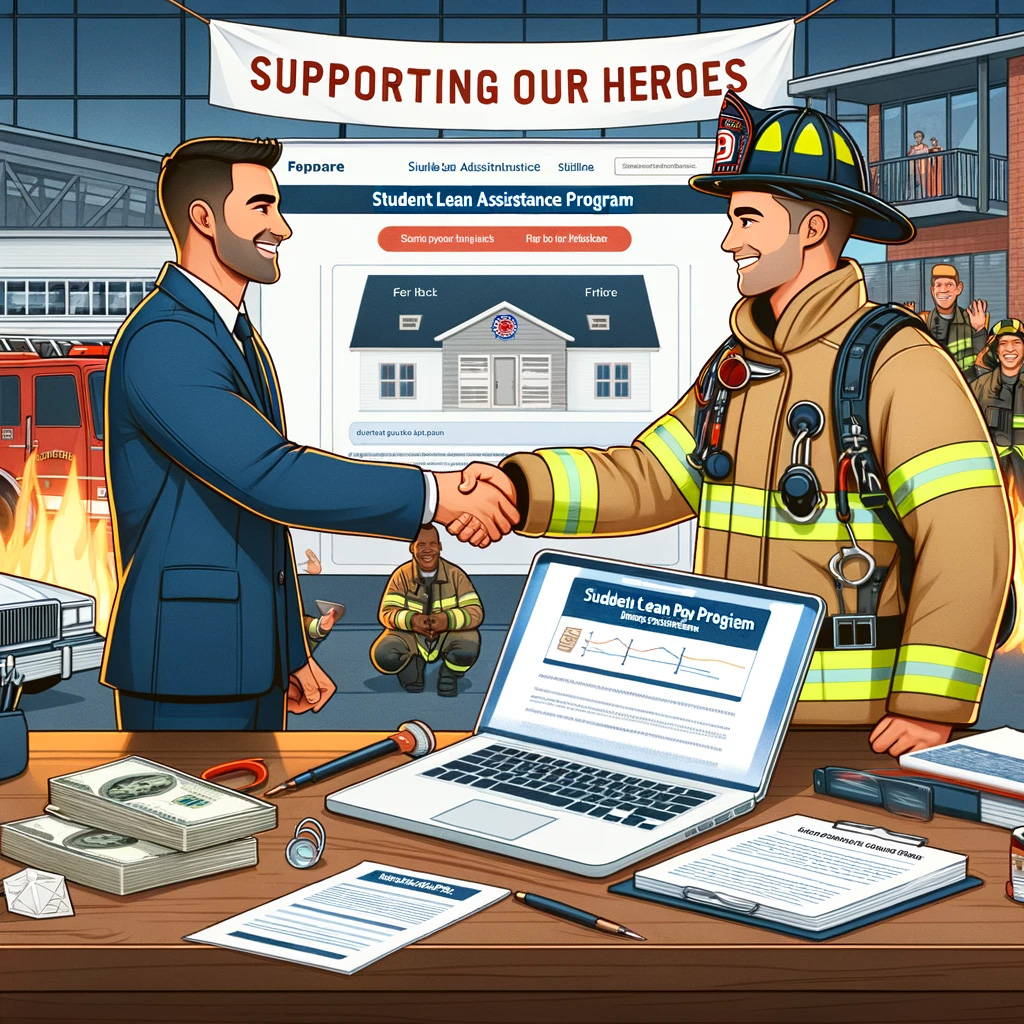Should We Staff Firetrucks with EMTs and Paramedics?
The integration of medical services with fire departments has a storied history, rooted in the practicalities of response times, resource utilization, and community coverage. However, as urban landscapes and community health needs evolve, so too must our strategies for providing emergency medical services. This necessitates a thorough examination of whether the traditional model of staffing fire trucks with EMTs and paramedics remains the most effective approach, or if transitioning to a system centered on medical first responders could offer improved outcomes.
Understanding the Models
EMTs and Paramedics on Fire Trucks:
Traditionally, fire departments have staffed fire trucks with personnel trained as EMTs and paramedics, ensuring that both fire suppression and advanced life support capabilities are available on a single response unit. This model leverages the widespread infrastructure of fire departments to provide rapid medical response alongside firefighting capabilities.
Benefits:
- Rapid Response: Fire departments are strategically located throughout communities, allowing for swift arrival at emergency scenes.
- Comprehensive Care: Paramedics and EMTs can provide a wide range of medical services, from basic life support to advanced interventions.
- Efficient Resource Use: Utilizing existing fire department resources for EMS can be cost-effective and streamline emergency responses.
Challenges:
- Financial Strain: The cost of equipping and training fire department personnel for advanced medical roles can be significant.
- Operational Stress: Balancing firefighting and medical responsibilities may lead to increased stress and burnout among personnel.
- Potential Over-Response: Deploying fire trucks for medical calls can sometimes result in an unnecessary display of resources, especially for non-life-threatening situations.
Medical First Responders:
An alternative model involves deploying medical first responders—specialized units designed explicitly for rapid medical intervention, without the traditional firefighting capabilities. This approach focuses on delivering targeted medical care as quickly as possible.
Benefits:
- Specialized Medical Focus: Medical first responders can concentrate solely on providing medical care, potentially improving patient outcomes.
- Cost-Effectiveness: Tailoring units specifically for medical response can reduce the operational costs associated with dual-role services.
- Adaptability: Medical first responder units can be more easily adapted to changing community health needs and trends.
Challenges:
- Resource Duplication: Establishing a separate system for medical first responders may lead to duplication of resources and increased overall costs.
- Coordination Complexity: Operating separate systems for fire and medical responses can complicate coordination during multi-faceted emergencies.
- Infrastructure Investment: Developing a network of medical first responder units requires significant initial investment in training, equipment, and facilities.
Evaluating the Impact on Community Health Outcomes
The ultimate measure of any emergency service model’s effectiveness is its impact on community health outcomes. Studies have shown that the rapid provision of medical care, particularly in cases of cardiac arrest, trauma, and acute medical emergencies, significantly improves survival rates and long-term health outcomes. Thus, the decision between continuing with fire-based EMS or shifting towards medical first responders should hinge on which model more effectively delivers this critical care within the golden hour—the critical first hour after an emergency event.
Considerations for Future Policy
In navigating the decision-making process, policymakers must consider several key factors:
- Community Needs Assessment: Understanding the specific health needs and emergency response patterns of the community can guide which model would be most effective.
- Cost-Benefit Analysis: A thorough financial analysis should compare the long-term costs and benefits of each model, considering both direct and indirect impacts on community health and safety.
- Stakeholder Engagement: Input from fire departments, EMS personnel, healthcare providers, and the community should inform the development of emergency services strategies.
- Flexibility and Scalability: The chosen model should be adaptable to changes in technology, healthcare practices, and community demographics.
Conclusion
The debate between staffing fire trucks with EMTs and paramedics versus utilizing medical first responders underscores the complexities of providing emergency medical services in diverse and changing communities. Each model offers distinct advantages and faces unique challenges, suggesting that a one-size-fits-all approach may not be feasible. Instead, a nuanced, data-driven strategy that considers the specific needs and resources of each community may offer the best path forward. By prioritizing rapid, effective medical care and continuously evaluating outcomes, policymakers can develop an EMS model that meets the dual imperatives of efficiency and excellence in emergency medical response.










